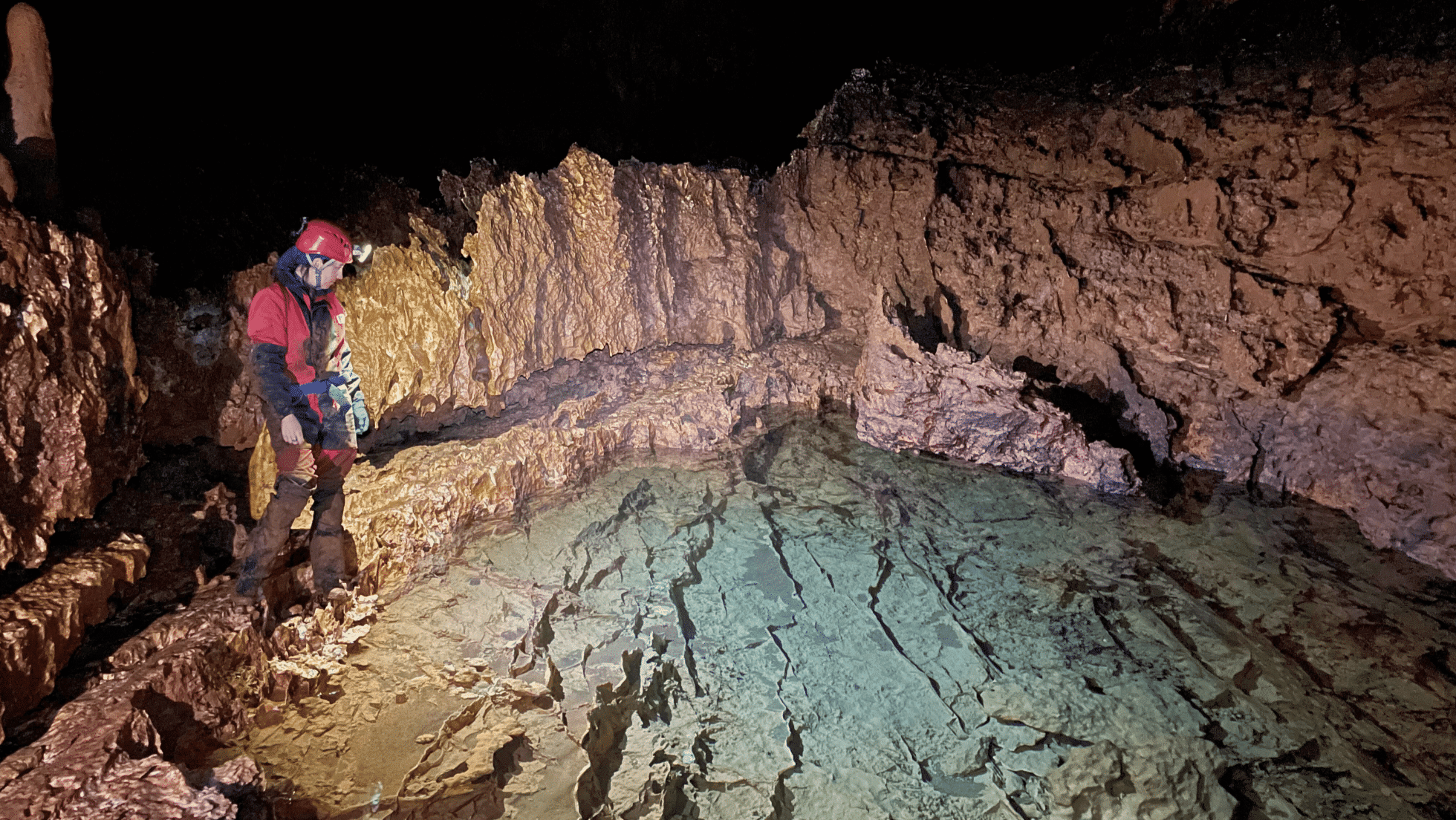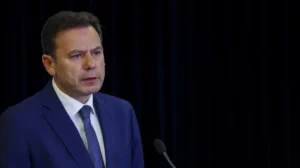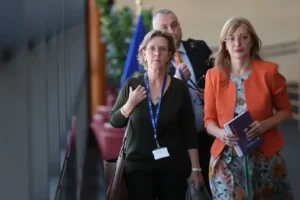Europe needs “specific measures” to protect underground world storing drinking water
Without mentioning where the dangers are coming from, CE3C, the University of Lisbon’s Centre for Ecology, Evolution and Environmental Change has published an open letter, signed by more than 50 scientists, calling on the European Commission to “protect water and underground life from pollution.”
The letter was published in the scientific journal Science, and on the university’s own website, and is signed by an international team, led by Italian CE3C researcher Tiziana di Lorenzo.
In a statement, CE3C points out the “vital role of the underground world in storing drinking water and the richness and uniqueness of the species it harbours”.
“Unlike surface water bodies, which are regularly monitored from a physical-chemical and biological point of view, groundwater suffers from alarming inattention,” the statement explains, pointing out that “limiting the assessment of its quality to physical-chemical parameters ignores the information that the ecological component can provide about the health of this natural resource.”
Ana Sofia Reboleira, a CE3C researcher quoted in the statement, stresses that “groundwater biodiversity, which includes animals, fungi and unique specialised microorganisms, plays a key role in maintaining water quality“.
“It is underground that we have 97% of the total water reserves available for immediate human consumption and it is its biodiversity that recycles the nutrients and contaminants that reach these strategic reserves for the future of humanity. It is vital to protect them with specific measures,” she says.
It’s a statement that comes as the European Commission is intent on encouraging mining for ‘critical raw materials’ in both Portugal and elsewhere in the bloc – an activity that implies enormous risks to groundwater.
“The impact of the use of contaminants (like pesticides), which seep into the ground and accumulate in aquifers, is not fully understood if regular surveys are not performed of underground fauna, which is adapted to and exclusive to these ecosystems and extremely sensitive to the threats they face”, warns Tiziana di Lorenzo.
“Lessons on the water cycle bring to mind the continuity of its movement, where rainwater that infiltrates the ground flows down into aquifers, sustains rivers and lakes, and ends up in the sea, only to evaporate and fall from the clouds again. This perpetuity makes it possible to illustrate what happens when the factor in question is disturbed by pollution phenomena: contaminants in groundwater continue on to surface water lines and bodies and reach the sea, adding up to impacts at each of these points. Looking definitively at the protection of the subsoil will ensure that existing efforts on the surface to safeguard what we can most easily see are more effective and efficient in relation to the investment they attract”, say the scientists, making their concerns known as Member States prepare to discuss ‘River Basin Management Plans for 2028-2033’.
“It is urgent to coordinate all the existing instruments to promote their collective success”, they urge.
Sources: LUSA/ CE3C


























